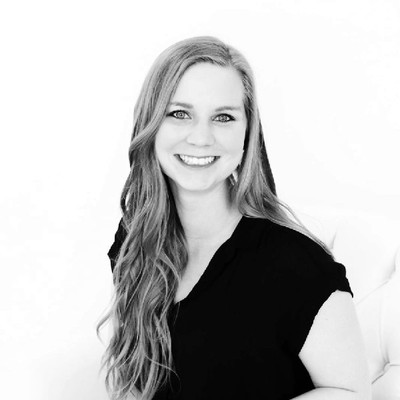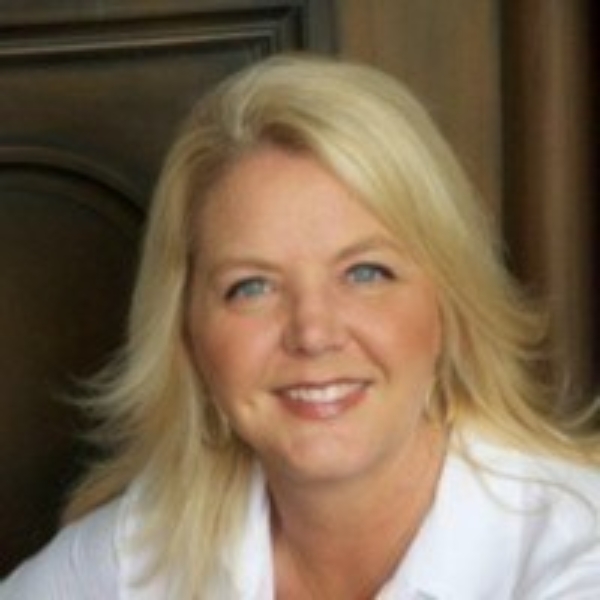Tell me a little bit about MissionVet
MissionVet is a multidisciplinary Specialty and Emergency hospital in San Antonio, Texas. We are available 24/7, 365 days a year for emergency pet care. We offer specialty care in internal medicine, oncology, neurology & neurosurgery, and surgery & orthopedics Monday through Friday and critical care coverage seven days a week. Our hospital has been in existence since 2012, so we are a little over 10 years old and our total staff is just over 100.
We’re also part of Ethos Veterinary Health, which branched off from NVA in 2023, right before we implemented Rally into our hospital.
What got you thinking about employee engagement and retention at MissionVet?
Like every practice in our larger corporate group, we do a yearly employee engagement survey to get the temperature of the team at our hospital.
Each year, our leadership team had gotten feedback that employees didn’t always feel recognized for their hard work. We’ve had a few initiatives in the past like employee of the month, but often those only focused on a select few rather than the whole.
We started out with creating an “engagement committee” with members from each department that meets once a month to bring up concerns and ideas from their teams.
Additionally, the engagement surveys we had been doing for the last few years had been fairly surface level so earlier in the year, we dug a bit deeper into the questions, which is what stemmed our research around solutions or programs that could help us in the area of employee engagement.
Why did you choose to go with Rally? What piqued your interest?
We started doing some research, actually around Diversity, Equity, and Inclusion initiatives, and we stumbled upon your Ultimate Guide to Awesome Culture in Veterinary Medicine - and it hit a nerve.
Additionally, we love that you focus specifically on vet med and are built by people from the industry. In vet med, we are used to adapting human medicine initiatives & processes to our needs — with varying degrees of success.
What were your first impressions of using Rally?
When you first log in and see the dancing animal welcoming you, it just sets the tone right away of the experience on Rally.
One of our main focuses was to change the atmosphere to have more fun and Rally does that inherently with its design.
It’s also very intuitive and user-friendly. One thing we wanted to be careful of was we didn’t want engagement to feel like a burden, like it was another thing our team had to check off their to-do list. Rally, from day one, never felt like that.
It’s easy to get signed in, easy to fill out the surveys, easy to boop each other — it was never overwhelming to get our staff up and running on it. And, we still get all the data and feedback we crave.
What are some ways you’ve integrated Rally into your processes?
We meet once a week as a leadership team to review the data and feedback that we receive from our team and take action.
Team wellness score check-ins
If a team member’s wellness score is low, the manager of that person is tasked with following up and bringing any concerns from that team member back to leadership. Additionally, sometimes their low scores can be due to a more personal item and, as you know, the suicide rate in veterinary medicine is high, so we take low wellness scores very seriously. At the following week’s meeting, the hospital managers share their discussions/feedback from the low wellness score employees.
Being proactive like this has brought to light some personal hardships in staff that, without Rally, this person may have kept private or to themselves. We all know work and personal life are separate, but they affect each other.
The knowledge and proactivity Rally gives us has given our managers the ability to show up better for their staff as people.
Magic wand submissions
Another part of Rally that we’ve implemented into our leadership processes is magic wand submissions.
In Rally, team members can submit “magic wands” which are ideas, frustrations, or requests that are submitted directly to leadership. They can be anonymous or attributed to the person, and leadership is able to chat on platform with that team member to get more information or find a solution.
At our monthly full team meetings, we discuss magic wand submissions transparently and talk about how we’ll take action on them (unless, of course, it’s something more personal that we wouldn’t bring up to the whole group).
A lot of the items that have come up have been seemingly small items that we likely wouldn’t have heard as leadership, but have made a large impact on the team.
For instance, one of our first magic wand submissions was asking if we could have a visual indicator of if an owner is visiting the ICU, so everyone walking in can be mindful and aware of that. From that submission, we put up a stop sign outside of the ICU so if it’s green it means there’s no owners in there and if it’s red, there is so be aware.
Bringing these items publicly to our monthly meetings has been invaluable to building the trust our team has in leadership and the transparency of decision making.
Previously, when we just had the engagement surveys, people would be wary to bring anything up because they weren’t sure it’d be addressed. Now, they see the clear action we take with each magic wand submission and feel more comfortable bringing ideas to the table. Even if we can’t implement something today, we’re sure to have a conversation around why that might be the case in those monthly meetings so everyone is on the same page and feels heard.
What positive impacts have you seen in your teams from using Rally?
Right around when we implemented Rally, we had a major shift in hospital leadership and, as you can imagine, there was a bit of apprehension and tension in the hospital as we were navigating that.
With Rally’s ability to recognize and reward each other, a lot of that tension organically eased. We had over 200 boops in the first month, and have seen steady use since then.
During that rather tumultuous time in our hospital, we were able to create a more positive environment and increase the trust our team had in the new leadership team.
The ability to boop each other brought us a stronger sense of camaraderie and togetherness, not just within departments but between departments. Previously, we tried initiatives like having compliments boards but nothing ever truly caught on and was as widely used as Rally is.
How was your onboarding process? How do you feel about hound’s support?
Onboarding was a breeze. We really could just send our team the invites and they would jump on and need virtually no training on how to use it - the platform is that easy to navigate.
We also really appreciated the custom how-to videos the Customer Experience team made, they were super helpful and really made it easy for leadership to get in there and set everything up.
Do you have any advice for other hospitals using Rally?
Bringing Rally into your processes as we have has really helped us see the full value in the software.
We also took the implementation and onboarding a step further and created some guidelines for our team such as “don’t just boop someone to boop them, make it impactful” and other guidelines around what gets announced to make sure the platform is organized and streamlined in terms of the information presented to the team.
How do you think Rally will affect your corporate engagement survey this year?
Rally will directly impact how we expect that to come in.
Because of Rally, we now have a year-round pulse on engagement and wellness, so there shouldn’t be any surprises. As far as we can tell, everyone is being honest with their scores and feedback in Rally, so it prepares us for those results and gives us the ability to really understand and address issues before that survey comes up.
With Rally, we’re able to be much more proactive than reactive.










